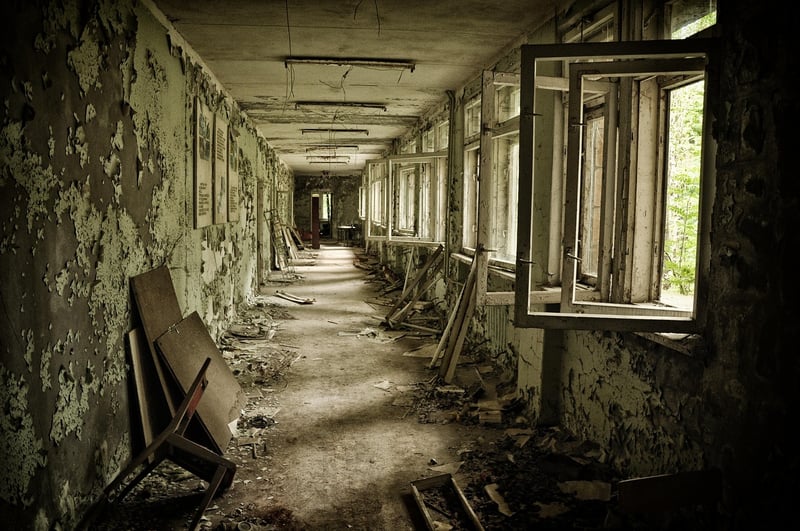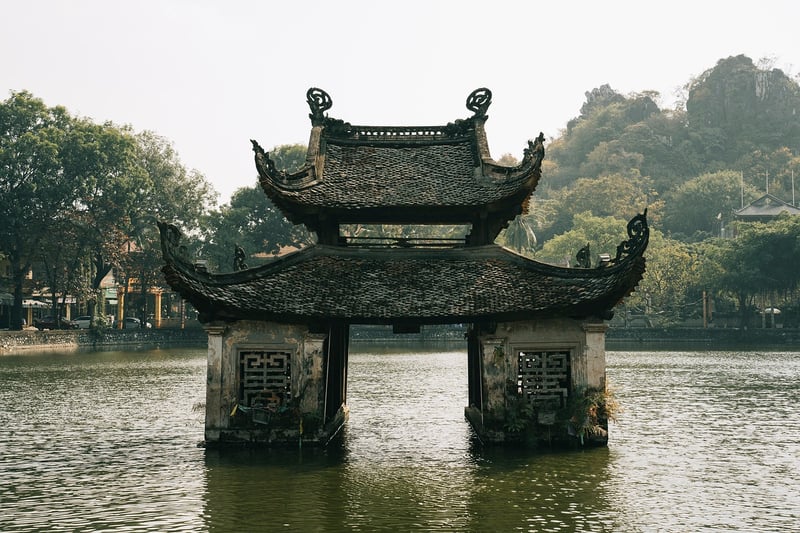Dystopian Worlds
Exploring Unique Travel Spots Inspired by Dystopian Worlds
Are you a fan of dystopian fiction and looking for unique travel destinations that will transport you to a world reminiscent of your favorite books and movies? We've curated a list of fascinating locations around the globe that evoke the eerie, post-apocalyptic vibes of dystopian worlds. Pack your bags and get ready for an adventure unlike any other!
Chernobyl Exclusion Zone, Ukraine

Step into a real-life dystopia by visiting the Chernobyl Exclusion Zone in Ukraine. This abandoned area, once home to a bustling community, now stands frozen in time after the infamous nuclear disaster of 1986. Explore the eerie abandoned buildings, overgrown streets, and the hauntingly beautiful Pripyat ghost town.
Svalbard Global Seed Vault, Norway

Located deep within the Arctic Circle, the Svalbard Global Seed Vault serves as a crucial backup for the world's seed banks in case of global catastrophes. The stark, icy landscape surrounding the vault creates a surreal setting that feels straight out of a dystopian science fiction novel.
Hashima Island, Japan

Also known as "Battleship Island" due to its eerie silhouette, Hashima Island off the coast of Nagasaki, Japan, was once a bustling coal mining community. Today, the abandoned concrete structures and decaying buildings offer a haunting glimpse into a bygone industrial era.
Centralia, Pennsylvania, USA

Step into a real-life ghost town by visiting Centralia, Pennsylvania, a town abandoned due to a coal mine fire burning beneath its surface since 1962. The underground fire still smolders today, shrouding the empty streets in an eerie fog of steam and smoke.
These unique travel spots offer a glimpse into a dystopian world, where nature reclaims abandoned structures and time stands still. Whether you're a fan of dystopian fiction or simply seeking off-the-beaten-path destinations, these locations are sure to ignite your sense of adventure and curiosity.
Remember to tread respectfully in these locations, as they hold historical significance and serve as reminders of both past tragedies and the resilience of the human spirit in the face of adversity.
